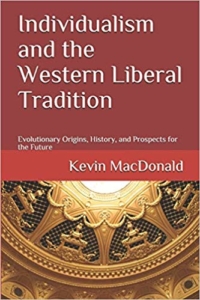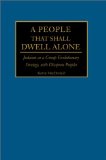Intro: Below is my essay published first in 1995 in quarterly CLIO (A Journal of Literature, History, and the Philosophy of History). In view of century-long and still ongoing scholarly disputes about the genesis of totalitarian temptations, intellectual repressions, as well as modern “wokeism” in the EU and US – it may be worthwhile to reexamine the debate between proponents of monotheism and polytheism (“mono-poly”!) from a new vantage point. Which is the genuine religious and intellectual homeland of Whites in America and Europe? Athens or Jerusalem? The Bible or Homer?
* * *
With the conversion of the Roman Emperor Constantine to Christianity, the period of pagan Europe began to approach its end. During the next millennium the entire European continent came under the sway of the Gospel — sometimes by peaceful persuasion, frequently by forceful conversion. Those who were yesterday the persecuted of the ancient Rome became, in turn, the persecutors of the Christian Rome. Those who were previously bemoaning their fate at the hands of Nero, Diocletian, or Caligula did not hesitate to apply “creative” violence against infidel pagans. Although violence was nominally prohibited by the Christian texts, it was fully used against those who did not fit into the category of God’s “chosen children.” During the reign of Constantine, the persecution against the pagans took the proportions “in a fashion analogous to that whereby the old faiths had formerly persecuted the new, but in an even fiercer spirit.” By the edict of A.D. 346, followed ten years later by the edict of Milan, pagan temples and the worship of pagan deities came to be stigmatized as magnum crimen. The death penalty was inflicted upon all those found guilty of participating in ancient sacrifices or worshipping pagan idols. “With Theodosius, the administration embarked upon a systematic effort to abolish the various surviving forms of paganism through the disestablishment, disendowment, and proscription of surviving cults.”(1) The period of the dark ages began.
Christian and inter-Christian violence, ad majorem dei gloriam, did not let up until the beginning of the eighteenth century. Along with Gothic spires of breathtaking beauty, the Christian authorities built pyres that swallowed nameless thousands. Seen in hindsight, Christian intolerance against heretics, Jews, and pagans may be compared to the twentieth-century Bolshevik intolerance against class opponents in Russia and Eastern Europe-with one exception: it lasted longer. During the twilight of imperial Rome, Christian fanaticism prompted the pagan philosopher Celsus to write: “They [Christians] will not argue about what they believe-they always bring in their, `Do not examine, but believe’. . .” Obedience, prayer, and the avoidance of critical thinking were held by Christians as the most expedient tools to eternal bliss. Celsus described Christians as individuals prone to factionalism and a primitive way of thinking, who, in addition, demonstrate a remarkable disdain for life.(2) A similar tone against Christians was used in the nineteenth century by Friedrich Nietzsche who, in his virulent style, depicted Christians as individuals capable of displaying both self-hatred and hatred towards others, i.e., “hatred against those who think differently, and the will to persecute.”(3) Undoubtedly, early Christians must have genuinely believed that the end of history loomed large on the horizon and, with their historical optimism, as well as their violence against the “infidels,” they probably deserved the name of the Bolsheviks of antiquity. As suggested by many authors, the break-up of the Roman Empire did not result only from the onslaught of barbarians, but because Rome was already “ruined from within by Christian sects, conscientious objectors, enemies of the official cult, the persecuted, persecutors, criminal elements of all sorts, and total chaos.” Paradoxically, even the Jewish God Yahve was to experience a sinister fate: “he would be converted, he would become Roman, cosmopolitan, ecumenical, gentile, goyim, globalist, and finally anti-Semite. “(!)(4) It is no wonder that, in the following centuries, Christian churches in Europe had difficulties in trying to reconcile their universalist vocation with the rise of nationalist extremism.
Pagan Residues in the Secular City
Although Christianity gradually removed the last vestiges of Roman polytheism, it also substituted itself as the legitimate heir of Rome. Indeed, Christianity did not cancel out paganism in its entirety; it inherited from Rome many features that it had previously scorned as anti-Christian. The official pagan cults were dead but pagan spirit remained indomitable, and for centuries it kept resurfacing in astounding forms and in multiple fashions: during the period of Renaissance, during Romanticism, before the Second World War, and today, when Christian Churches increasingly recognize that their secular sheep are straying away from their lone shepherds. Finally, ethnic folklore seems to be a prime example of the survival of paganism, although in the secular city folklore has been largely reduced to a perishable commodity of culinary or tourist attraction. (5) Over the centuries, ethnic folklore has been subject to transformations, adaptations, and the demands and constraint of its own epoch; yet it has continued to carry its original archetype of a tribal founding myth. Just as paganism has always remained stronger in the villages, so has folklore traditionally been best protected among the peasant classes in Europe. In the early nineteenth century, folklore began to play a decisive role in shaping national consciousness of European peoples, i.e., “in a community anxious to have its own origins and based on a history that is more often reconstructed than real. “(6)
The pagan content was removed, but the pagan structure remained pretty much the same. Under the mantle and aura of Christian saints, Christianity soon created its own pantheon of deities. Moreover, even the message of Christ adopted its special meaning according to place, historical epoch, and genius loci of each European people. In Portugal, Catholicism manifests itself differently than in Mozambique; and rural Poles continue to worship many of the same ancient Slavic deities that are carefully interwoven into the Roman Catholic liturgy. All over contemporary Europe, the erasable imprint of polytheist beliefs continues to surface. The Yule celebration represents one of the most glaring examples of the tenacity of pagan residues. (7) Furthermore, many former pagan temples and sites of worship have been turned into sacred places of the Catholic Church. Lourdes in France, Medjugorje in Croatia, sacred rivers, or mountains, do they not all point to the imprint of pre-Christian pagan Europe? The cult of mother goddess, once upon a time intensely practiced by Celts, particularly near rivers, can be still observed today in France where many small chapels are built near fountains and sources of water. (8) And finally, who could dispute the fact that we are all brain children of pagan Greeks and Latins? Thinkers, such as Virgil, Tacitus, Heraclitus are as modern today as they were during the dawn of European civilization.
Notes
1. Charles Norris Cochrane, Christianity and Classical Culture (New York: Oxford UP, 1957), 254-55, 329.
2. T. R. Glover, The Conflict of Religion in the Early Roman Empire (1909; Boston: Beacon, 1960), 242, 254, passim.
3. Friedrich Nietzsche, Der Antichrist, in Nietzsches Werke (Salzburg/Stuttgart: Verlag “Das Berlgand-Buch,” 1952), 983, para. 21.
4. Pierre Gripari, L’histoire du méchant dieu (Lausanne: L’Age d’Homme, 1987), 101-2.
5. Michel Marmin, “Les Piegès du folklore’,” in La Cause des peuples (Paris: édition Le Labyrinthe, 1982), 39-44.
6. Nicole Belmont, Paroles paiennes (Paris: édition Imago, 1986), 160-61.
7. Alain de Benoist, Noël, Les Cahiers européens (Paris: Institut de documentations et d’études européens, 1988).
8. Jean Markale, et al., “Mythes et lieux christianisés,” L’Europe paienne (Paris: Seghers, 1980), 133.
……………………………………………………………………………………………
Marx, Moses and the Pagans in the Secular City (part 2)
Modern Pagan Conservatives
There is ample evidence that pagan sensibility can flourish in the social sciences, literature, and arts, not just as a form of exotic narrative but also as a mental framework and a tool of conceptual analysis. Numerous names come to mind when we discuss the revival of Indo-European polytheism. In the first half of the twentieth century, pagan thinkers usually appeared under the mask of those who styled themselves as “revolutionary conservatives,” “aristocratic nihilist,” “elitists”-in short all those who did not wish to substitute Marx for Jesus, but who rejected both Marx and Jesus.(9) Friedrich Nietzsche and Martin Heidegger in philosophy, Carl Gustav Jung in psychology, Georges Dumézil and Mircea Eliade in anthropology, Vilfredo Pareto and Oswald Spengler in political science, let alone dozens of poets such as Ezra Pound or Charles Baudelaire-these are just some of the names that can be associated with the legacy of pagan conservatism. All these individuals had in common the will to surpass the legacy of Christian Europe, and all of them yearned to include in their spiritual baggage the world of pre-Christian Celts, Slavs, and Germans.
In the age that is heavily laced with the Biblical message, many modern pagan thinkers, for their criticism of Biblical monotheism, have been attacked and stigmatized either as unrepentant atheists or as spiritual standard-bearers of fascism. Particularly Nietzsche, Heidegger, and more recently Alain de Benoist came under attack for allegedly espousing the philosophy which, for their contemporary detractors, recalled the earlier national socialist attempts to “de-christianize” and “repaganize” Germany. (10) These appear as unwarranted attacks. Jean Markale observes that “Naziism and Stalinism were, in a sense, also religions because of the acts that they triggered. They were also religions insofar as they implied a certain Gospel, in an etymological sense of the word . . . Real paganism, by contrast, is always oriented towards the realm of sublimation. Paganism cannot be in the service of temporal power.”(11) Paganism appears more a form of sensibility than a given political credo, and with the exhaustion of Christianity, one should not rule out its renewed flourishing in Europe.
Paganism Against the Monotheist Desert
Two thousand years of Judeo-Christian monotheism has left its mark on the Western civilization. In view of this, it should not come as a surprise that glorification of paganism, as well as the criticism of the Bible and Judeo-Christian ethics-especially when they come from the right-wing spectrum of society-are unlikely to gain popularity in the secular city. It suffices to look at American society where attacks against Judeo-Christian principles are
frequently looked at with suspicion, and where the Bible and the Biblical myth of god’s “chosen people” still play a significant role in the American constitutional dogma. (12) Although the secular city has by now become indifferent to the Judeo-Christian theology, principles that derive from Judeo-Christian ethics, such as “peace,” “love,” and “universal brotherhood,” are still showing healthy signs of life. In the secular city many liberal and socialist thinkers, while abandoning the belief in Judeo-Christian theology, have not deemed it wise to abandon the ethics taught by the Bible.
Whatever one may think about the seemingly obsolete, dangerous, or even derogatory connotation of the term “European paganism,” it is important to note that this connotation is largely due to the historical and political influence of Christianity. Etymologically, paganism is related to the beliefs and rituals that were in usage in European villages and countryside. But paganism, in its modern version, may connote also a certain sensibility and a “way of life” that remains irreconcilable with Judeo-Christian monotheism. To some extent European peoples continue to be “pagans” because their national memory, their geographic roots, and, above all, their ethnic allegiances-which often contain allusions to ancient myths, fairy tales, and forms of folklore bear peculiar marks of pre-Christian themes. Even the modern resurgence of separatism and regionalism in Europe appears as an offshoot of pagan residues. As Markale observes, “the dictatorship of Christian ideology has not silenced those ancient customs; it has only suppressed them into the shadow of the unconscious” (16). The fact that all of Europe is today swept by growing nationalism bears witness to the permanency of the pagan sense of tribal historical memory.
In European culture, polytheistic beliefs began to dwindle with the consolidation of Christianity. In the centuries to come, the European system of explanation, whether in theology or, later on, in sociology, politics, or history gradually came under the sway of Judeo-Christian outlook of the world. David Miller observes that Judeo-Christian monotheism considerably altered the Europeans’ approach to the social sciences as well as to the overall perception of the world. In view of these changes, who can reassure us about our own objectivity, especially when we try to understand the pagan world with the goggles of the postmodern Judeo-Christian man? It is no wonder that when paganism was removed from Europe the perceptual and epistemological disruptions in sciences also followed suit. Consequently, with the consolidation of the Judeo-Christian belief, the world and the world phenomena came under the sway of the fixed concepts and categories governed by the logic of “either-or,” “true or false,” and “good or evil,” with seldom any shadings in between. The question, however, arises whether in the secular city-a city replete with intricate choices and complex social differences that stubbornly refuse all categorizations-this approach remains desirable. (13) It is doubtful that Judeo-Christian monotheism can continue to offer a valid solution for the understanding of the increasingly complex social reality that modern man faces in the secular city. Moreover, the subsequent export of Judeo-Christian values to the antipodes of the world caused similar disruptions, yielding results opposite from those originally espoused by the Westerners, and triggering virulent hatred among non-Western populations. Some authors have quite persuasively written that Christian ecumenism, often championed as the “white man’s Christian burden,” has been one of the main purveyors of imperialism, colonialism, and racism in the Third World. (14)
In the modern secular city, the century-long and pervasive influence of Christianity has significantly contributed to the view that each glorification of paganism, or, for that matter, the nostalgia of the Greco-Roman order, is outright strange or at best irreconcilable with contemporary society. Recently, however, Thomas Molnar, a Catholic philosopher who seems to be sympathetic to the cultural revival of paganism, noted that modern adherents of neo-paganism are more ambitious than their predecessors. Molnar writes that the aim of pagan revival does not have to mean the return to the worship of ancient European deities; rather, it expresses a need to forge another civilization or, better yet, a modernized version of the “scientific and cultural Hellenism” that was once a common reference for all European peoples. And with visible sympathy for the polytheistic endeavors of some modern pagan conservatives, Molnar adds:
The issue is not how to conquer the planet but rather how to promote an oikumena of the peoples and civilizations that have rediscovered their origins. The assumption goes that the domination of stateless ideologies, notably the ideology of American liberalism and Soviet socialism, would come to an end. One believes in rehabilitated paganism in order to restore to peoples their genuine identity that existed before monotheist corruption. (15)
Such a candid view by a Catholic may also shed some light on the extent of disillusionment among Christians in their secular cities. The secularized world full of affluence and richness does not seem to have stifled the spiritual needs of man. How else to explain that throngs of European and American youngsters prefer to trek to pagan Indian ashrams rather than to their own sacred sites obscured by Judeo-Christian monotheism? Anxious to dispel the myth of pagan “backwardness,” and in an effort to redefine European paganism in the spirit of modern times, the contemporary protagonists of paganism have gone to great lengths to present its meaning in a more attractive and scholarly fashion. One of their most outspoken figures, Alain de Benoist, summarizes the modern meaning of paganism in the following words:
Neo-paganism, if there is such a thing as neo-paganism, is not a phenomenon of a sect, as some of its adversaries, but also some of the groups and chapels, sometimes well-intentioned, sometimes awkward, frequently funny and completely marginal, imagine … [What worries us today, at least according to the idea which we have about it, is less the disappearance of paganism but rather its resurgence under primitive and puerile form, affiliated to that “second religion,” which Spengler justifiably depicted as characteristic of cultures in decline, and of which Julius Evola writes that they “correspond generally to a phenomenon of evasion, alienation, confused compensation, without any serious repercussion on reality. (16)
Paganism, as a profusion of bizarre cults and sects, is not something modern pagan thinkers have in mind. A century ago, pagan philosopher Friedrich Nietzsche had already observed in Der Antichrist that, when a nation becomes too degenerate or too uprooted, it must place its energy into various forms of Oriental cults, and simultaneously “it must change its own God” (979). Today, Nietzsche’s words sound more prophetic than ever. Gripped by decadence and rampant hedonism, the masses from the secular city are looking for the vicarious evasion in the presence of Indian gurus or amidst a host of Oriental prophets. But beyond this Western semblance of transcendence, and behind the Westerners’ self-hatred accompanied by puerile infatuation with Oriental mascots, there is more than just a transitory weariness with Christian monotheism. When modern cults indulge in the discovery of perverted paganism, they also may be in search of the sacred that was driven underground by the dominating Judeo-Christian discourse.
From Monotheist Desert to Communist Anthropology
Has monotheism introduced into Europe an alien “anthropology” responsible for the spread of egalitarian mass society and the rise of totalitarianism, as some pagan thinkers seem to suggest? Some authors appear to support this thesis, arguing that the roots of tyranny do not lie in Athens or Sparta, but are traceable, instead, to Jerusalem. In a dialogue with Molnar, de Benoist suggests that monotheism upholds the idea of only one absolute truth; it is a system where the notion of the enemy is associated with the evil, and where the enemy must be physically exterminated (cf. Deut. 13). In short, observes de Benoist, Judeo-Christian universalism, two thousand years ago, set the stage for the rise of modern egalitarian aberrations and their modern secular offshoots, including communism.
That there are totalitarian regimes “without God,” is quite obvious, the Soviet Union for example. These regimes, nonetheless, are the “inheritors” of the Christian thought in the sense as Carl Schmitt demonstrated that the majority of modern political principles are secularized theological principles. They bring down to earth a structure of exclusion; the police of the soul yield its place to the police of the state; the ideological wars follow up to the religious wars. (17)
Similar observations were echoed earlier by the philosopher Louis Rougier as well as by the political scientist Vilfredo Pareto, both of whom represented the “old guard” of pagan thinkers and whose philosophical researches were directed toward the rehabilitation of European political polytheism. Both Rougier and Pareto are in agreement that Judaism and its perverted form, Christianity, introduced into the European conceptual framework an alien type of reasoning that leads to wishful thinking, utopianism, and the ravings about the static future.(18) Similar to Latter-day Marxists, early Christian belief in egalitarianism must have had a tremendous impact on the deprived masses of northern Africa and Rome, insofar as it promised equality for the “wretched of the earth,” for odium generis humani, and all the proles of the world. Commenting on Christian proto-communists, Rougier recalls that Christianity came very early under the influence of both the Iranian dualism and the eschatological visions of the Jewish apocalypses. Accordingly, Jews and, later on, Christians adopted the belief that the good who presently suffer would be rewarded in the future. In the secular city, the same theme was later interwoven into modern socialist doctrines that promised secular paradise. “There are two empires juxtaposed in the space,” writes Rougier, “one governed by God and his angels, the other by Satan and Belial.” The consequences of this largely dualistic vision of the world resulted, over a period of time, in Christian-Marxist projection of their political enemies as always wrong, as opposed to Christian-Marxist attitude considered right. For Rougier, the Greco-Roman intolerance could never assume such total and absolute proportions of religious exclusion; the intolerance towards Christians, Jews, and other sects was sporadic, aiming at certain religious customs deemed contrary to Roman customary law (such as circumcision, human sacrifices, sexual and religious orgies). (19)
By cutting themselves from European polytheistic roots, and by accepting Christianity, Europeans gradually began to adhere to the vision of the world that emphasized the equality of souls, and the importance of spreading God’s gospel to all peoples, regardless of creed, race, or language (Paul, Galatians 3:28). In the centuries to come, these egalitarian cycles, in secularized forms, entered first the consciousness of Western man and, after that, entire humankind. Alain de Benoist writes:
According to the classical process of the development and degra-dation of cycles, the egalitarian theme has entered our culture from the stage of the myth (equality before God), to the stage of ideology (equality before people); after that, it has passed to the stage of “scientific pretension” (affirmation of the egalitarian fact). In short, from Christianity to democracy, and after that to socialism and Marxism. The most serious reproach which one can formulate against Christianity is that it has inaugurated this egalitarian cycle by introducing into European thought a revolutionary anthropology, with universalist and totalitarian character. (20) One could probably argue that Judeo-Christian monotheism, as much as it implies universalism and egalitarianism, also suggests religious exclusiveness that directly emanates from the belief in one undisputed truth. The consequence of the Christian belief in theological oneness-e.g., that there is only one God, and therefore only one truth-has naturally led, over the centuries, to Christian temptation to obliterate or downplay all other truths and values. One can argue that when one sect proclaims its religion as the key to the riddle of the universe and if, in addition, this sect claims to have universal aspirations, the belief in equality and the suppression of all human differences will follow suit. Accordingly, Christian intolerance toward “infidels” could always be justified as a legitimate response against those who departed from the belief in Yahve’s truth. Hence, the concept of Christian “false humility” toward other confessions, a concept that is particularly obvious in regard to Christian attitude toward Jews. Although almost identical in their worship of one god, Christians could never quite reconcile themselves to the fact that they also had to worship the deity of those whom they abhorred in the first place as a deicide people. Moreover, whereas Christianity always has been a universalist religion, accessible to everybody in all corners of the world, Judaism has remained an ethnic religion of only the Jewish people. (21) As de Benoist writes, Judaism sanctions its own nationalism, as opposed to nationalism of the Christians which is constantly belied by the Christian universalist principles. In view of this, “Christian anti-Semitism,” writes de Benoist, “can justifiably be described as a neurosis.” Might it be that the definite disappearance of anti-Semitism, as well as virulent inter-ethnic hatred, presupposes first the recantation of the Christian belief in universalism?
Notes :
9. About European revolutionary conservatives, see the seminal work by Armin Mohler, Die Konservative Revolution in Deutschland, 1919-1933 (Darmstadt: Wissenschaftliche Buchgesellschaft, 1972). See also Tomislav Sunic, Against Democracy and Equality: The European New Right, prefaced by Alain de Benoist(Arktos: 2011).
10. See notably the works by Alfred Rosenberg, Der Mythus des 20. Jahrhunderts (München: Hoheneichen Verlag, 1933). Also worth noting is the name of Wilhelm Hauer, Deutscher Gottschau (Stuttgart: Karl Gutbrod, 1934), who significantly popularized Indo-European mythology among National Socialists; on pages 240-54 Hauer discusses the difference between Judeo-Christian Semitic beliefs and European paganism.
11. Jean Markale, “Aujourd’hui, l’esprit païen?” in L’Europe paienne (Paris: Seghers, 1980), 15. The book contains pieces on Slavic, Celtic, Latin, and Greco-Roman paganism.
12. Milton Konvitz, Judaism and the American Idea (Ithaca: Cornell UP, 1978), 71. Jerol S. Auerbach, “Liberalism and the Hebrew Prophets,” in Commentary 84:2 (1987):58. Compare with Ben Zion Bokser in “Democratic Aspirations in Talmudic Judaism,” in Judaism and Human Rights, ed. Milton Konvitz (New York: Norton, 1972): “The Talmud ordained with great emphasis that every person charged with the violation of some law be given a fair trial and before the law all were to be scrupulously equal, whether a king or a pauper” (146). Ernst Troeltsch, Die Soziallehren der christlichen Kirchen and Gruppen (1922; Aalen: Scientia Verlag, 1965), 768; also the passage “Naturrechtlicher and liberaler Character des freikirchlichen Neucalvinismus,” (762-72). Compare with Georg Jellinek, Die Erklärung der Menschen-und Bürgerrechte (Leipzig: Duncker and Humblot, 1904): “(t)he idea to establish legally the unalienable, inherent and sacred rights of individuals, is not of political, but religious origins” (46). Also Werner Sombart, Die Juden and das Wirtschaftsleben (Leipzig: Verlag Duncker and Humblot, 1911): “Americanism is to a great extent distilled Judaism (“geronnenes Judentum”)” (44).
13. David Miller, The New Polytheism (New York: Harper and Row, 1974), 7, passim.
14. Serge Latouche, L’occidentalisation du monde (Paris: La Découverte, 1988).
15. Thomas Molnar, “La tentation paienne,” Contrepoint, 38 (1981):53.
16. Alain de Benoist, Comment peut-on etre païen? (Paris: Albin Michel, 1981), 25.
17. Alain de Benoist, L’éclipse du sacré (Paris: La Table ronde, 1986), 233; see also the chapter, “De la sécularisation,” 198-207. Also Carl Schmitt, Die politische Theologie (München and Leipzig: Duncker und Humblot, 1922), 35-46: “(a)ll salient concepts in modern political science are secularized theological concepts” (36).
18. Gerard Walter, Les origines du communisme (Paris: Payot, 1931): “Les sources judaiques de la doctrine communiste chrétienne” (13-65). Compare with Vilfredo Pareto, Les systèmes socialistes (Paris: Marcel Girard, 1926): “Les systèmes métaphy-siques-communistes” (2:2-45). Louis Rougier, La mystique démocratique, ses origines ses illusions (Paris: éd. Albatros, 1983), 184. See in its entirety the passage, “Le judaisme et la révolution sociale,” 184-187.
19. Louis Rougier, Celse contre les chrétiens (Paris: Copernic, 1977), 67, 89. Also, Sanford Lakoff, “Christianity and Equality,” in Equality, ed. J. Roland Pennock and John W. Chapaman (New York: Atherton, 1967), 128-30.
20. Alain de Benoist, “L’Eglise, L’Europe et le Sacré,” in Pour une renaissance culturelle (Paris: Copernic, 1979), 202.
21. Louis Rougier, Celse, 88.




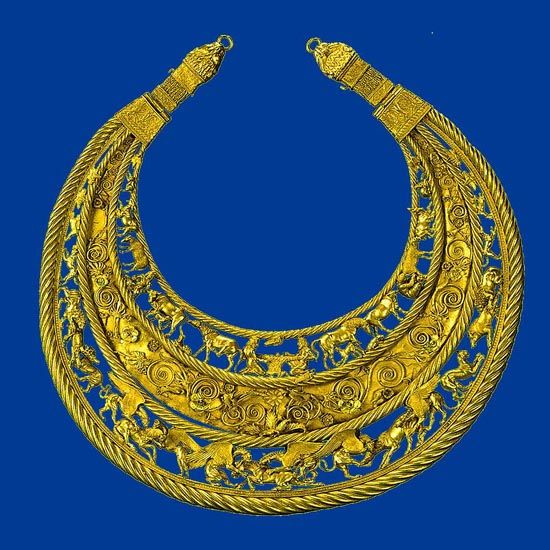
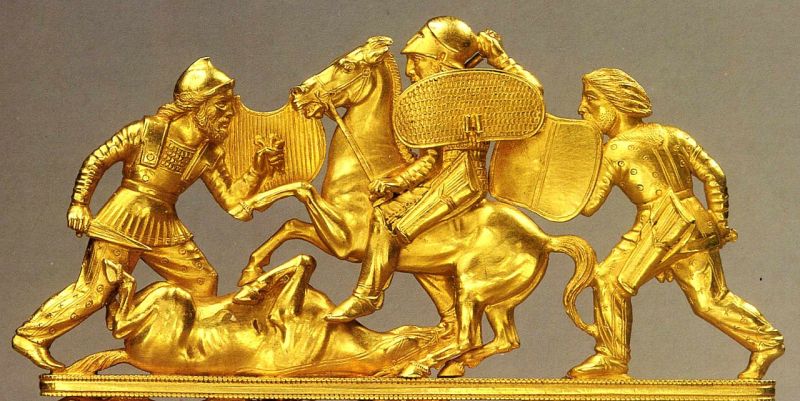 Barbarians but not barbarous: some Scythian artwork in glorious gold
Barbarians but not barbarous: some Scythian artwork in glorious gold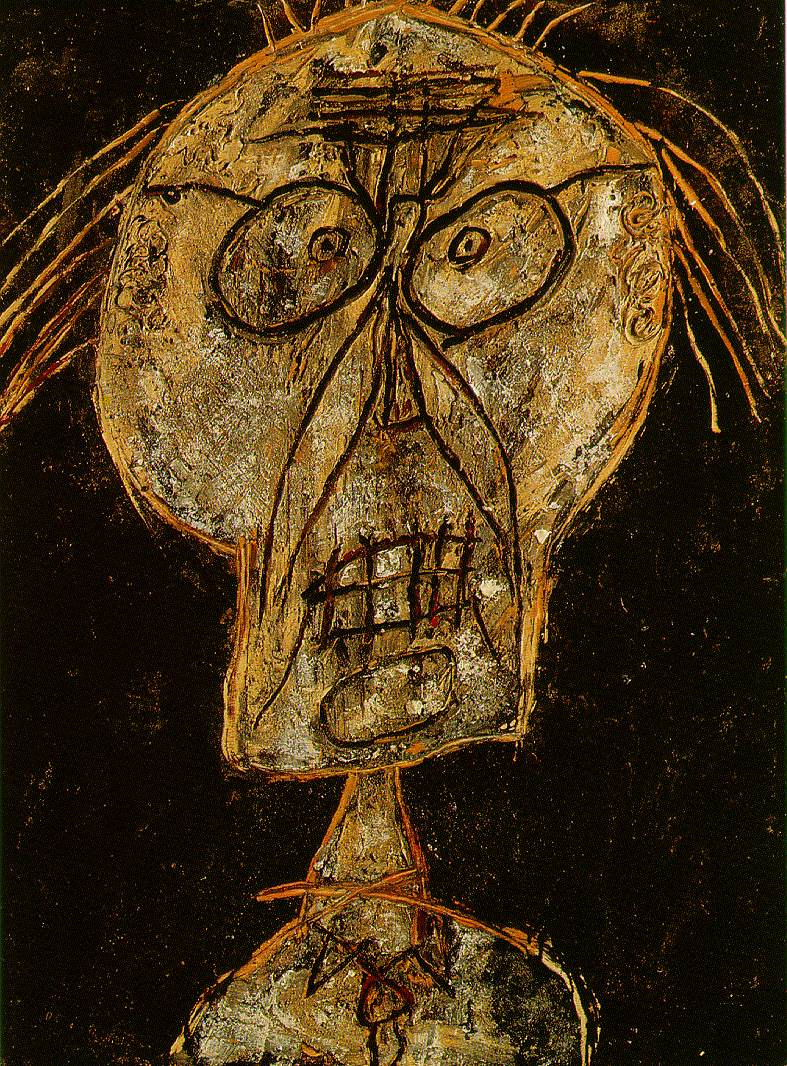



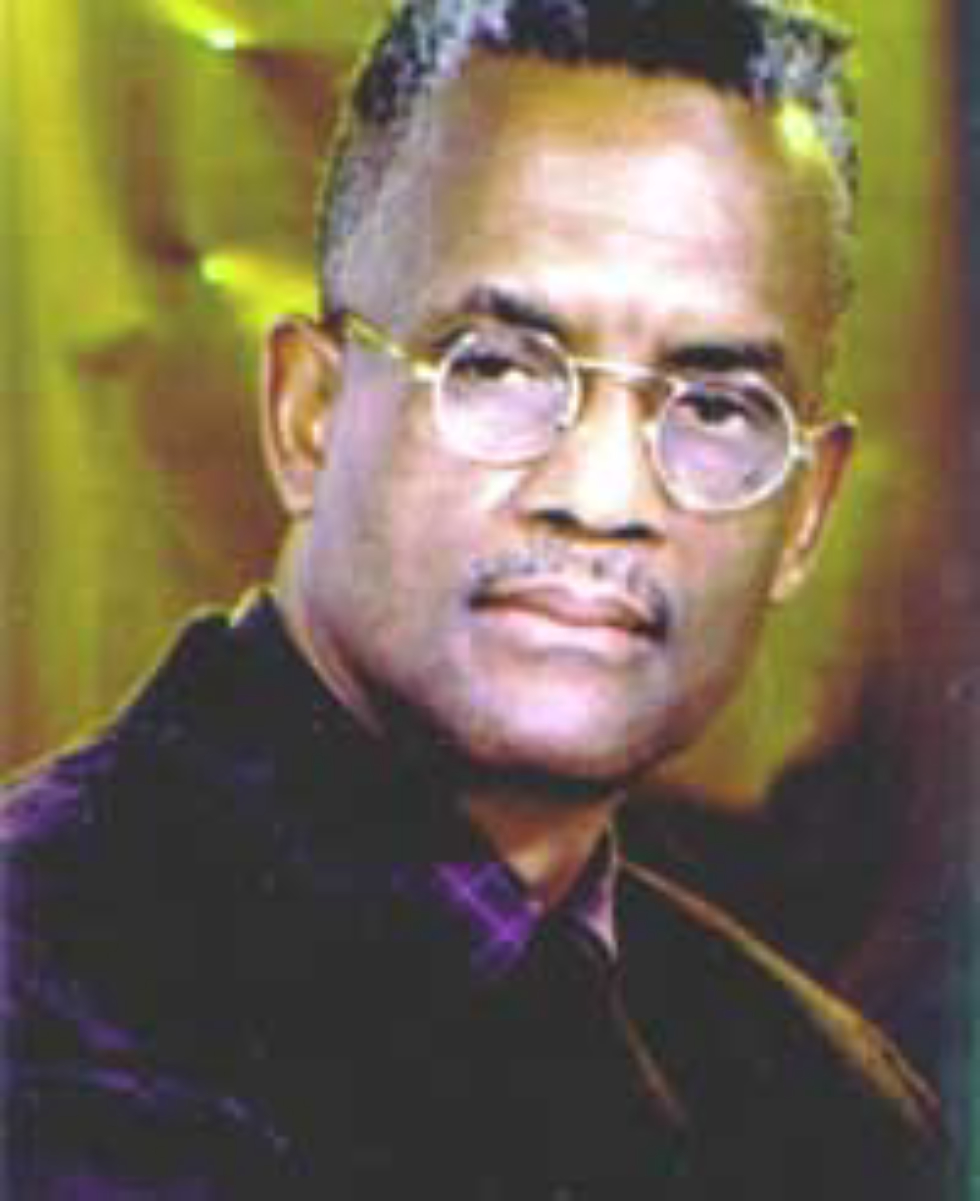



 Kriss Donald and Mary-Ann Leneghan, two young white victims of Clown World
Kriss Donald and Mary-Ann Leneghan, two young white victims of Clown World
